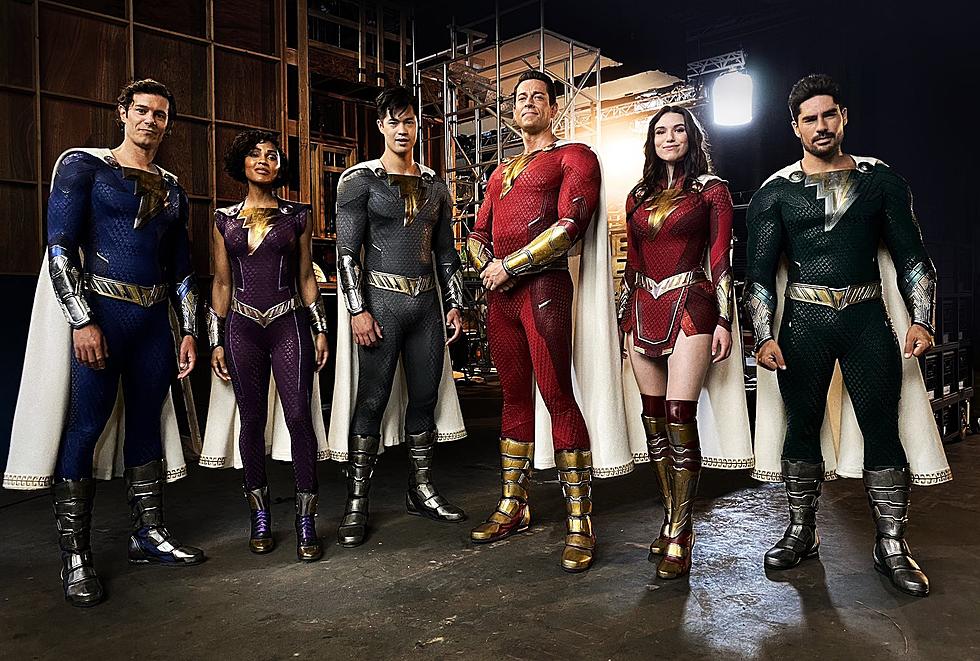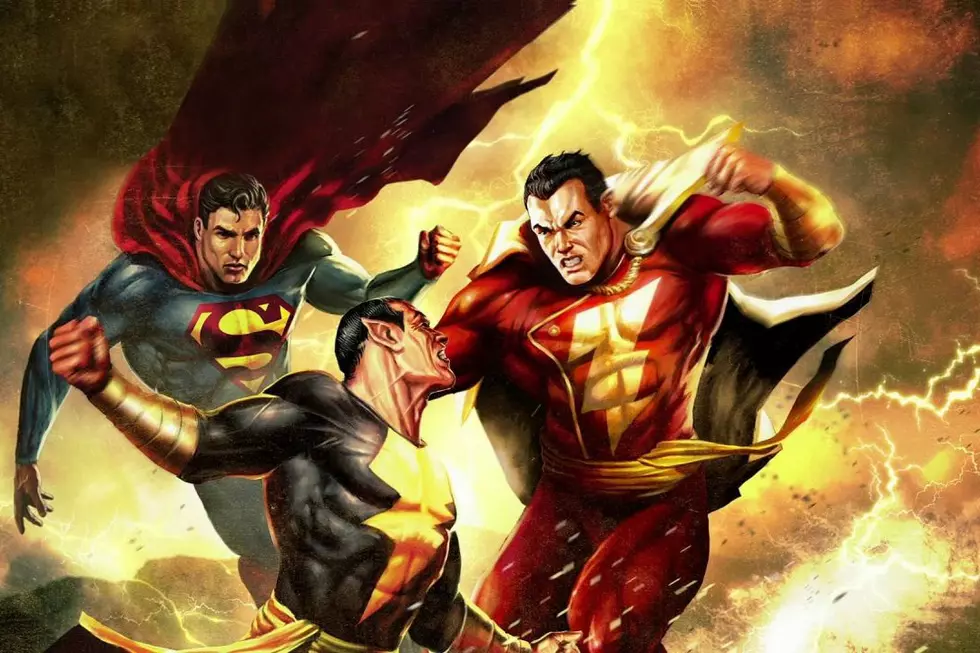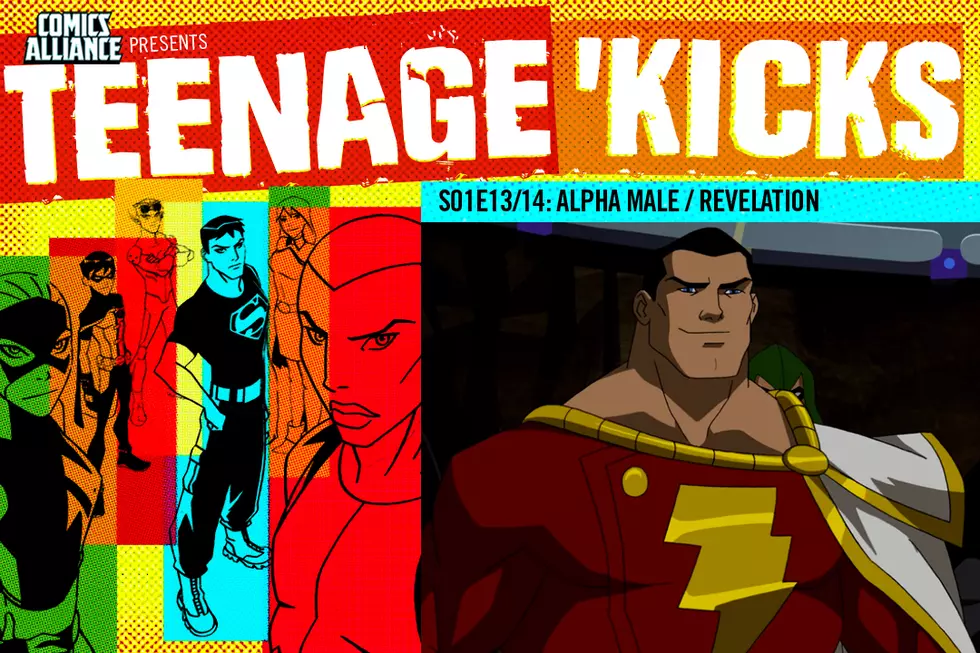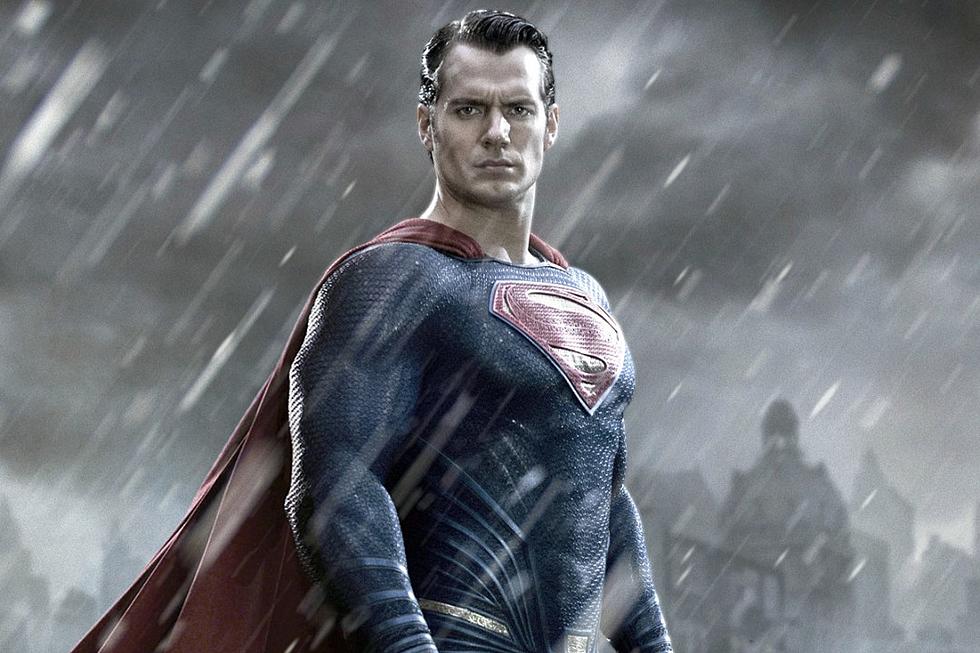
How C.C. Beck and Captain Marvel Put the Wonder in Superhero Comics
Charles Clarence Beck, better known by his initials as C. C. Beck, was born on this day in 1910. A monumentally talented artist and cartoonist, Beck co-created and defined the look and creative direction of one of comics' most iconic characters, who also happened to star in what was, at the time, the best-selling comic in the world: Captain Marvel.
Beck started as a staff artist on Fawcett Publications' pulp magazine, but after the publisher switched its focus to comic books in 1939, he was brought on to design a character conceptualized by writer Bill Parker, called at the time Captain Thunder. By the time the character actually debuted in the pages of Whiz Comics #2 in 1940, the name had been changed to Captain Marvel, and a legend was born.
Beck's style became the defining element of the classic Captain Marvel (and other Marvel Family) stories, as his clean, open line, with an exaggerated dynamism and cartoonish view of reality, fit perfectly the concept of a child who became a superhero: Captain Marvel's adventures reflected a child's view of the world, which, more than anything separated the Big Red Cheese from chiseled-jaw roughnecks like Superman or weird creatures of the night like Batman.
This look became so associated with Captain Marvel that even when legends like Jack Kirby and Joe Simon lent their talents to Marvel Family stories, it couldn't compare to Beck's deceptively simple style. Beck soon became art director at Fawcett and hired a studio of assistants who, as Captain Marvel's success led to a number of spin-offs, helped him keep a consistent look across the entire Marvel Family line (with the exception of Captain Marvel Jr, whose adventures were drawn with the more dramatically realistic line of Mac Raboy).
But more than that, Beck's style also influenced the direction the stories would go, as his whimsical approach inspired whimsical stories from writers such as Otto Binder.
As many fans know, DC Comics sued Fawcett for copyright infringement, claiming that Captain Marvel was a copy of Superman, and after years of litigation, Fawcett discontinued its comics line in the early 1950s, leaving Beck to pursue other work, such as pitching a failed newspaper strip with Otto Binder featuring Captain Marvel supporting character Tawky Tawny, and running a bar and grill in Miami.
Perhaps ironically, DC ended up purchasing all of Fawcett's creative assets and launched its own version of Captain Marvel (in a comic titled Shazam due to trademark issues). Beck returned as the artist for the first ten issues of this series, but left following disagreements concerning the story direction and editorial interference.
In his later years, Beck would spend his time painting recreations of Golden Age comic book covers and writing a column called “The Crusty Curmudgeon” for The Comics Journal, in which he expressed concern about the increasing tendency towards realism in comics art. He also became the editor of a newsletter for collectors of the old Fawcett comics, but soon retired due to health issues. Beck passed away in 1989, and was posthumously inducted into both the Will Eisner Comic Book Hall of Fame and the Jack Kirby Hall of Fame.
Although best known for his work on Captain Marvel, Beck also applied his art to other Fawcett characters such as Ibis the Invincible and Spy Smasher, and produced commercial art for Tootsie Rolls featuring a heroic figure called Captain Tootsie. Perhaps most importantly of all, however, in the interim between the shuttering of Fawcett's comics line and DC's relaunch of Captain Marvel, he and Otto Binder created Fatman, the Human Flying Saucer.
Let's take a day to remember the contributions of one of comics' most beloved curmudgeons and geniuses. Happy birthday, Mr Beck!
More From ComicsAlliance

![Five Stars: Starting At The End With Jeff Smith [Interview]](http://townsquare.media/site/622/files/2017/03/FiveStars-Smith.jpg?w=980&q=75)







